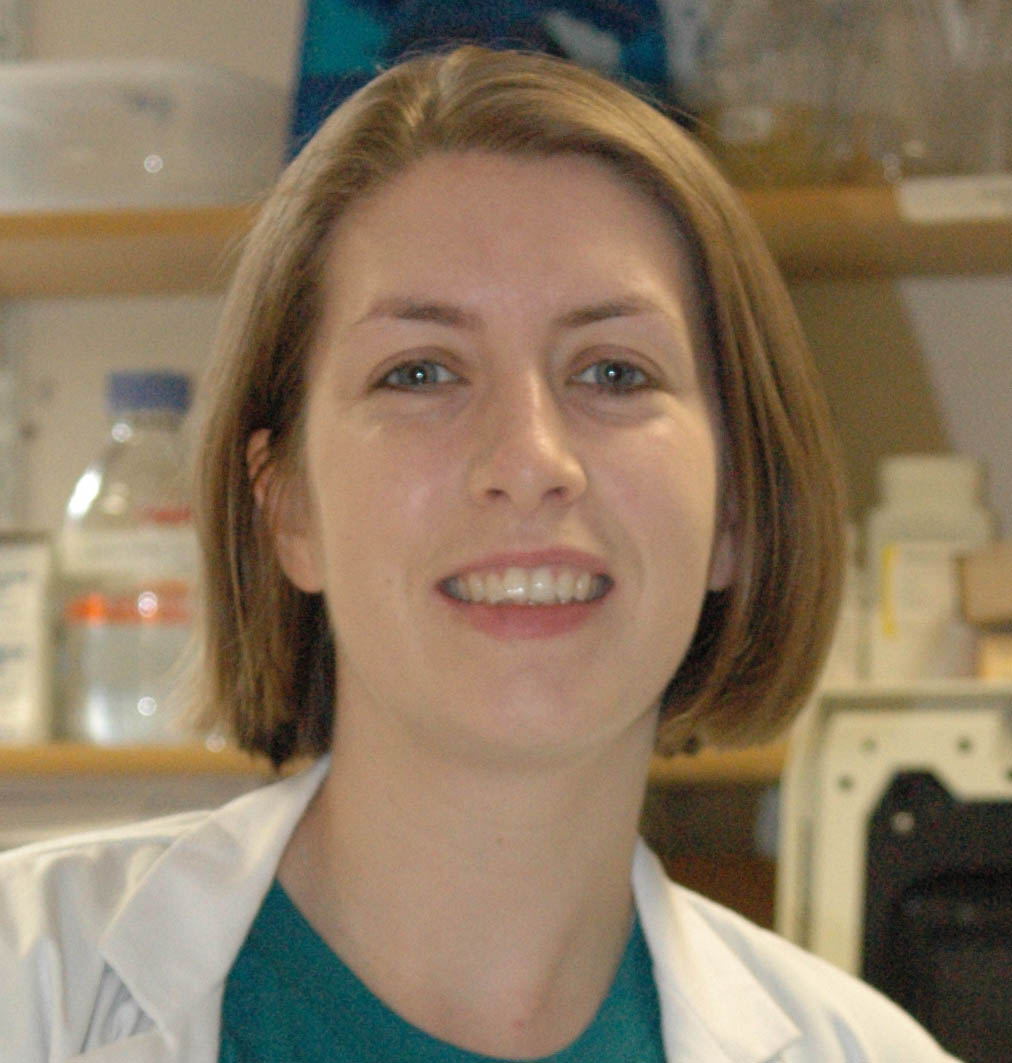Lyndsay Murray, PhD, was awarded $75,000 for her research project, “Evaluating the impact of sequential versus simultaneous administration of SMN-inducing compounds on motor unit recovery in mouse models of SMA.”
Dr. Murray’s basic research grant is one of five awarded by Cure SMA in 2022 totaling $525,000.

Meet Dr. Murray
Tell us about yourself.
I am a researcher based at the University of Edinburgh. I have worked on SMA in labs in the UK and Canada since 2006, and I started my own lab in Edinburgh in 2014. I use laboratory models of SMA to understand what makes motor neurons vulnerable to the disease, and I want to develop new ways to protect them.
How did you first become involved with SMA research?
I first became involved in SMA research when I started my PhD in 2006. I worked on neuromuscular junctions, the connections between motor neurons and muscle, in mouse models of SMA. I was one of the first researchers to describe how these connections broke down very early in the disease.
What is your current role in SMA research?
I currently lead a research group focused on using mouse models to better understand the processes occurring in SMA. We aim to understand how motor neurons and muscles recover when treatment is given. We want to find new ways to expedite this recovery.
What are the project goals?
We aim to understand how motor neurons recover when individuals affected by SMA are treated with FDA-approved drugs. We also want to determine whether combining approved therapies can help motor neurons recover more effectively.
Spinraza (nusinersen) and Evrysdi (risdiplam) are FDA-approved drugs that are used to treat SMA. Both drugs act by modifying the splicing of SMN2 mRNA so that more full-length SMN protein is made. Increased levels of SMN protein may help motor neurons and the muscles they communicate with recover from damage caused during disease progression. To gain insight into motor neuron and muscle recovery in treated SMA-affected individuals, we use a mouse model of SMA and treat the mice with Spinraza-like and Evrysdi-like drugs.
In our previous research, we looked carefully at muscles in treated mice and found that motor neurons didn’t fully recover when a drug similar to Spinraza was given to the mice. We now aim to give these mice combinations of Spinraza-like and Evrysdi-like drugs to determine whether using the two drugs together allows motor neurons to more fully recover.
What will the results tell us?
The currently approved treatments for SMA are good, but there is room for improvement. We hope that combining approved drugs will provide better protection to motor neurons. Our aim is to produce pre-clinical data that can be used to inform and support the development of combination therapy for people living with SMA. We hope this combination therapy will improve clinical outcomes for SMA-affected individuals.
The Importance of Basic Research
Each year, Cure SMA invites scientists from around the world to submit funding proposals for basic research projects that address specific unanswered questions in SMA biology. Our Scientific Advisory Board ranks the submitted proposals on both their scientific merit and relevance to the Cure SMA research priorities. This year, Cure SMA’s top basic research priorities include:
- Learning about the roles the survival motor neuron (SMN) protein plays throughout the body.
- Understanding the details of how SMN-dependent therapies work.
- Finding treatment targets other than SMN.
- Combining SMN-dependent therapies and other treatments to achieve the best possible outcomes.
Special thanks to the Nunemaker Family for partnering with Cure SMA in our quest to invest in research that will focus on ways to enhance muscle strength and function as well as investigating nerve muscle connections and the regeneration of nerves. To achieve these goals, the Nunemakers have generously offered to match all gifts up to $250,000. To join the Nunemakers in investing in the future of SMA, please visit this link.



